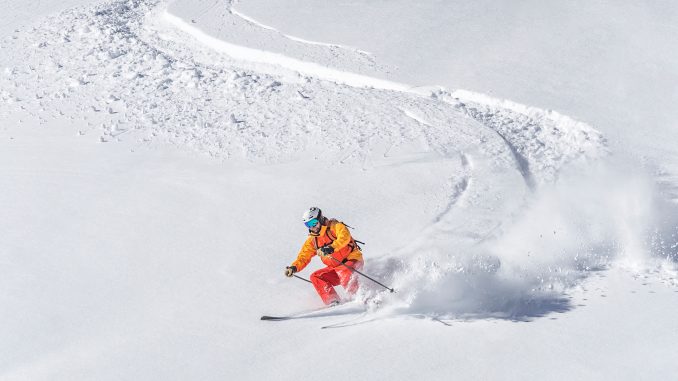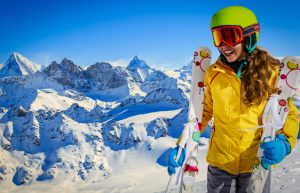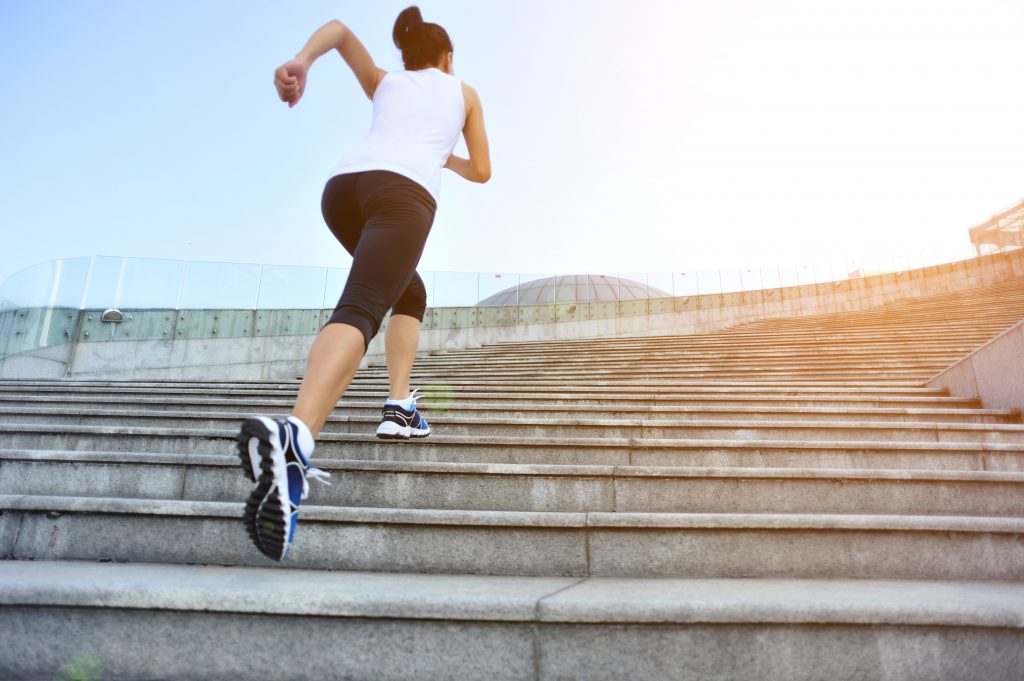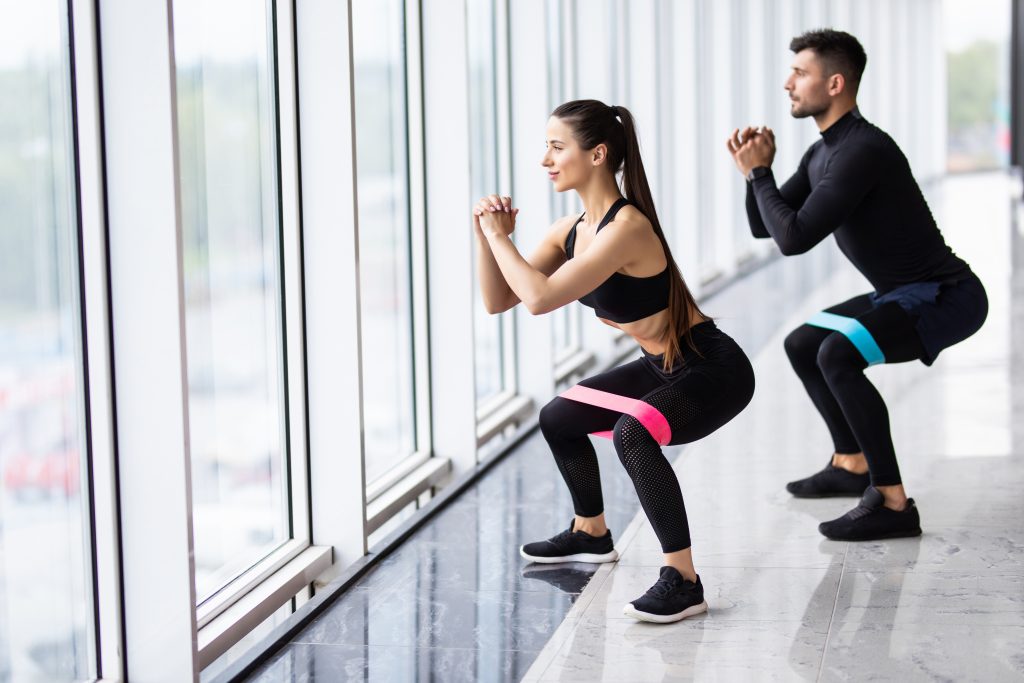
Skiing is a great way to make the best of the coldest season of the year – while the rest of us dread the freezing cold temperatures and snow, many athletes who participate in winter sports become filled with glee at the sight of the first snowfall of the season.

Not only will it help beat the winter blues away, but it is a ridiculously good workout for your entire body, especially your core and lower body. It’s a sport that requires a ton of balance and overall body strength to stay upright and prevent injury during steep drops and sharp turns.
The skiing itself is a great workout, but it’s only available for a few months of the year and therefore requires some off-season training to stay in shape for most of us.
Learn what kinds of cardio and strength training will suit you best so that when the time comes to hit the slopes, you’re fully prepared to take on what the mountain throws at you.
Cardio
Cardiovascular exercise is vital for your health generally – it keeps your heart healthy, lowers risks of almost every type of disease, and keeps your fitness levels reasonably high.
Skiing requires quite a bit of cardiovascular energy, so you should be performing medium-high intensity cardiovascular activity throughout the off-season to stay in shape.
Perform one or a combination of these cardio exercises 2-3 times per week to reap the benefits you’ll need come ski season. As your cardio improves and you grow ever nearer to ski season, amp up the cardio sessions to 3-5 times per week.
Running
Running is one of the most intense cardio forms and requires no extra equipment to perform, besides a decent pair of running shoes.
Your best bet for great results is to stick with interval training, which means cycling between your maximum effort and a more manageable recovery period at approximately a 1:2 ratio. The time can vary, but this means that for every 1 minute of maximum action, you recover for 2 minutes at a pace that is relatively easy to sustain.
Studies on interval training show that it is better at increasing “stroke volume” (blood pumping), increasing the mitochondria levels in muscle, and can have the same results of steady-state cardio in shorter periods.
You’ll only need to run for 20-30 minutes in each session if you’re using interval training wisely to reap its benefits.
Stair-climbing

The stair-climber is a star when it comes to ski training. Why? It combines lower body strengthening with cardiovascular exercise. If you don’t have access to a stairmaster for skiing training, get outside and find a big set of steps you can use instead.
The stair-climber impact helps keep your bone density at a healthy, high level, and improves the climber’s V02 max, which is the maximum amount of oxygen your body can use during exercise. It is also a good way to strengthen your thigh muscles which are key to long days on the slopes. These will all go along way when it comes time to dust off your skis.
Elliptical Training

We’ve already discussed how to do some interval training, but that doesn’t mean you should ignore steady-state cardio altogether. It’s still an essential part of training, specifically for recovery.
You don’t want to go hard all of the time and risk over-training and injury. On a day when you want to get in some cardio and get your blood pumping, but your body is sore and tired, do some steady-state exercise on the elliptical for 30-60 minutes.
This low-impact exercise will aid recovery, keep you moving, and get the blood flowing until you’re ready to push hard on your next workout.
Weight Training

Now that you have a cardio plan let’s talk about weight training.
Skiing requires a lot of balance. The best ways to improve balance are practising and building an overall healthier body composition, focusing on the core.
For this, you will want to get into resistance training. Instead of traditional weight-lifting using dumbbells and barbells, use resistance bands (like these https://victoremgear.com/products/booty-bands).
Resistance bands are not only a smaller, more inexpensive option, but they build core strength no matter what exercise you do. Unlike weights, the band creates even tension on your muscles throughout the exercise and works your core to provide stability while you perform the move.
Perform a combination of these resistance band exercises 2-3 times a week with at least 48 hours of rest in between.
Best Upper Body Moves
- shoulder presses
- bicep curls
- tricep kickbacks
- resisted push-ups
- assisted pull-ups
Best Core Moves

- planks
- bicycle crunches
- v-sits
- side planks
- oblique crunches
Best Lower-Body Moves
- squats
- one-legged deadlifts
- lunges
- monster walks
- clamshells
- donkey kicks
Final Word
By adding the right combination of full-body strength training using resistance bands and interval/steady-state cardio into your off-season training routine, you will see significant gains by the time ski season rolls around again.
